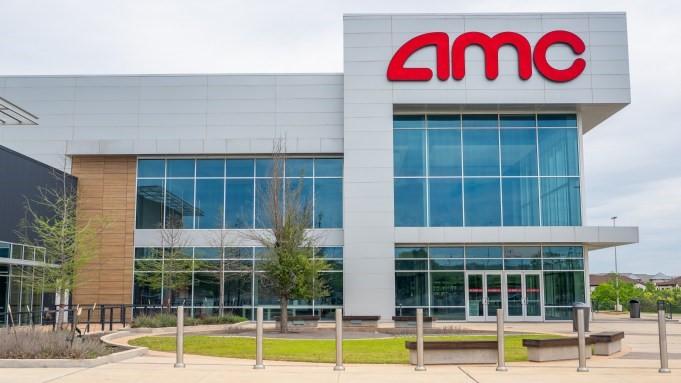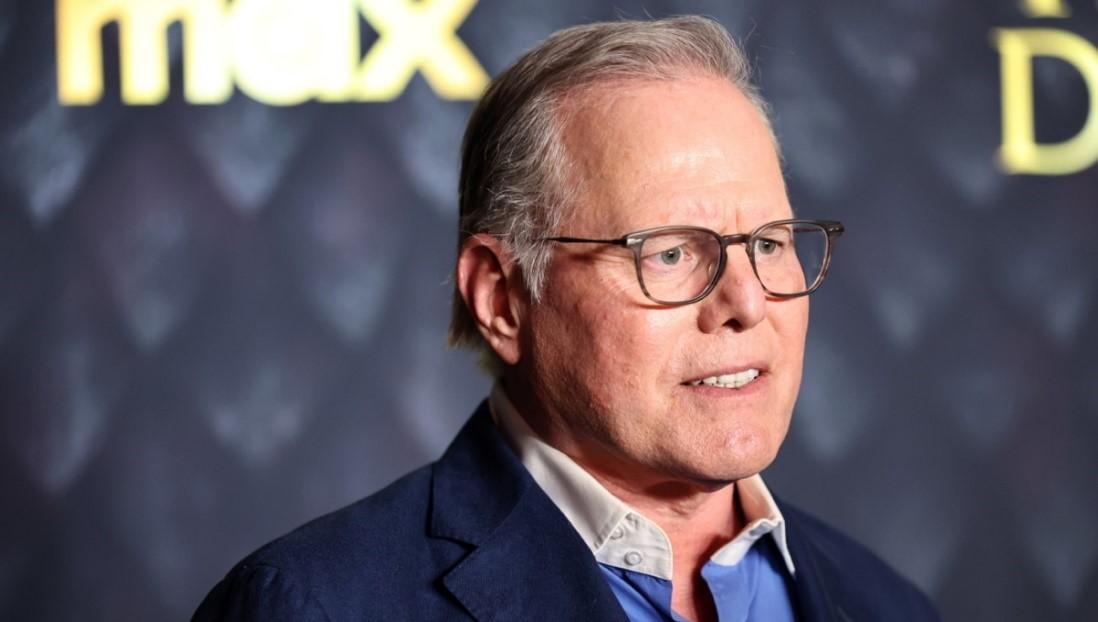AMC CEO Adam Aron projected with strength and optimism over the outlook for the world’s largest motion picture exhibitor. During last week’s Q3 earnings call, Aron sought to assure investors after out of a quarter with year-over-year declines in ticket sales and revenue.
He pinned much of the blame on the delay to some significant movie releases, prompted by last year’s labor strikes in Hollywood. This impacted almost all exhibitors in the market, especially AMC the world’s largest chain.
Aron sees two major reasons for investors to be optimistic about AMC’s future. First, 2025 will see a dramatic rise in the number of new wide-release movies. Aron explained that “some studios were producing 25 films [annually and had lowered that] down to 10-12. We talked to one major studio two weeks ago, who said their calendar aspiration for 2025 is to release 38 movies!”
While we will be pleasantly surprised if any of the major studios release 38 films theatrically next year, the 2025 calendar is certain to include a large number of high-profile sequels and franchise films. This has proven to be a winning recipe for the major studios, even if it does not produce quite the same level of return seen in the 2010s. The actual quality of the movies will determine whether the North American box office can cross over $10 billion for the first time since 2019.
Another major announcement from AMC was their “Go Plan”, referring to a multi-year capital investment to upgrade seating, technology, and auditoriums at their theatres. While Aron only said that investment would amount to “hundreds of millions” of dollars and unfold over years, he highlighted a handful of theatres where upgrades had already been completed, including prime locations in Los Angeles and New York, where new recliner seating had been installed which provides customers with four feet of legroom.
The exhibitor has also installed premium large-format screens in auditoriums that are branded AMC XL. Aron explained that AMC completed refinancing arrangements last summer that have freed up funds allowing the company to invest in these improvements.











